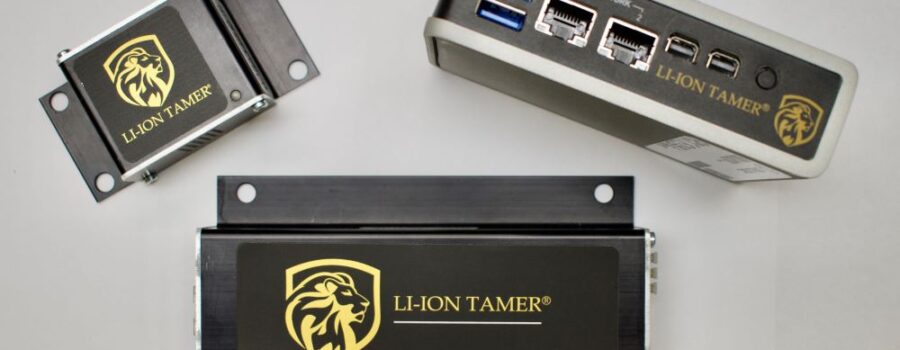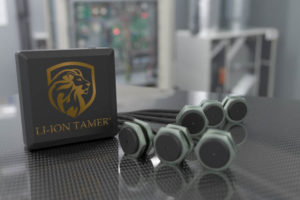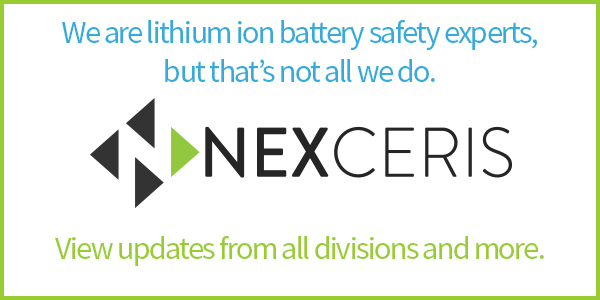Informed Insurers Understand Advanced Fire Prevention and Assess Risk Liability More Accurately
SUMMARY
This guide examines how Li-ion Tamer® advanced detection technology can reduce insurance risk and liability with Li-ion BESSs while eliminating costly false positives and adding a layer of remote system monitoring. This new approach to fire safety can help protect insurance companies against probable maximum loss (PML) with greater confidence.
FULL POST
The Insurer’s Guide to Li-ion Tamer Advanced detection is an informational resource developed by Honeywell and Xtralis. The Guide focuses on educating insurers on how to lower insurance risk for BESSs.
BESSs are an essential component of a low carbon economy. Lithium-ion is the most widely used battery chemistry and its storage in BESSs is a significant insurance liability due to the risk of exothermic reaction resulting in smoke, fire, and explosions. These incidents, termed thermal runaways, are the single biggest risk to BESS property insurers and asset owners.
Thermal Runaway Concerns
Thermal runaway is a major concern for insurance companies that have policies with BESS customers as 100% loss scenarios become more likely and valued policies paid out.
To lower risk and prevent a PML scenario, it is vital to have the earliest possible detection system paired with efficient suppression and containment. Li-ion Tamer provides BESSs the earlier possible detection and automated remote response capability.
Furthermore, with Li-ion Tamer, damage to the BESS facility and potential disruption to the power grid are minimized, which will also lower the liability of the insured.
Migrating Fire Threats Early
Evidence shows that Li-ion Tamer is highly effective in detecting isolating and mitigating fire threats early – before they escalate to a thermal runaway event.
Early detection systems also protect against false positives, or false alarms. Alarms trigger aggressive automated suppression methods such as foam injection or sprinklers. These methods are important in the case of an actual fire but can do a great deal of damage to the BESS and result in hefty insurance claims. By design, Li-ion Tamer reference sensors will warn of cell failure before fire suppression is needed. This capability saves property and decreases the BESS’ liability and risk.
Finally, compatibility with the vast range of lithium-ion battery systems should be considered when choosing an early detection system. The Li-ion Tamer system is easy to integrate into an existing BESS, or new BESS, as it can be adapted to the rack layouts of all the leading manufacturers.
Download the Guide
Li-ion Tamer’s flexible configuration options make it compatible with any BMS – a safe and logical choice for the not only the insured, but also insurers.






